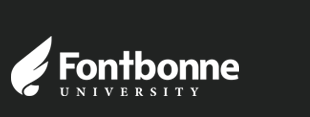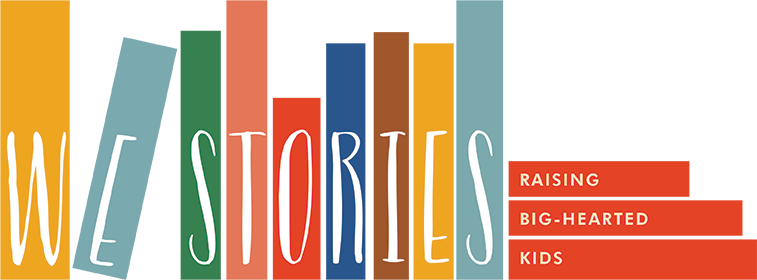Advocacy Builders Project
We Stories typically provides programming and resources using a multigenerational approach to support family conversations and engagement around racial equity. At the same time, meaningful change requires intentional actions to address root causes of disparities.
We developed the Advocacy Builders Project to support adult learning about systemic racism. The content focuses on four social determinants, the non-medical factors that influence health outcomes: healthcare, economic stability, education, and neighborhood and built environment. It challenges participants to see how these systems are set up to help some groups of people, while simultaneously hurting other groups of people.
The content not only provides a basic understanding of how race, gender, and class impact these systems, but also strives to show how the systems connect with each other. It encourages readers to determine their individual roles in maintaining the status quo, so that they can channel their energy, resources, and power into meaningful actions.
-

Advocacy Builders Project
We Stories
The Advocacy Builders Project aims to illuminate systems and demystify advocacy utilizing the framework of social determinants of health to explore systems and to demonstrate interdependence of racist, sexist, and classist systems.
By developing their ability to envision each of these systems (healthcare, education, economic stability, and neighborhood and built environment) individually AND as they intersect and reinforce each other, individuals can channel their energy, resources, and power into meaningful actions.
-

Advocacy Builders Project: Healthcare
We Stories
Medicine would be nothing without the contributions, and oftentimes, forced sacrifices, of oppressed people groups, most especially Black, Indigenous, People of Color (BIPOC). Access to healthcare constantly challenges these groups of people because of the power dynamics inherent in our healthcare system.
-

Advocacy Builders Project: Education
We Stories
There are many indirect connections to a person’s health. Systems don’t operate in silos or have simple linear relationships. We have to fine-tune our muscles to see those connections. For instance, how do we connect education and its impact on current and future health? We have to notice the links from a micro and macro perspective, the potential butterfly effect, and, most importantly, the overarching reach of white supremacy. How does education impact an individual’s health? A child can have limited resources that can impact their development or quality of life. It can be the built environment and how that might have physical implications later in life. This section will delve further into how the early years of a child's life are crucial and how flourishing or flailing during this time affects a person for the rest of their life.
child's life are cruc
-

Advocacy Builders Project: Economic Stability
We Stories
Poverty or wealth determines a person's health in our capitalist society. A person in poverty is likely suffering from “lack of” in many areas of their life. Money and one’s ability to have and to make more of it determine the healthy habits one is able to cultivate, practice, and maintain over the course of one’s life. For example, of the folks in poverty, about 35% are also food insecure.3 They don’t have access to reliable, consistent food, and the food they do have access to is likely to be cheaper, more processed foods that aren’t as nutrient rich. More than 1 in 5 children diagnosed with a chronic disability has one or more social, emotional, behavioral or developmental problems—this comorbidity is two times more likely to happen to children living in poverty.4 And what’s more, kids who grew up in poverty are more likely to be adults who live in poverty,5 and unfortunately, it’s a compounding condition—the longer you spend being poor in childhood, the more likely your are to be in poverty as an adult. Or, most directly connected to health and well-being, people in poverty don’t have access to consistent, meaningful, and prevention-focused healthcare.
-

Advocacy Builders Project: Neighborhood & Built Environment
We Stories
It’s hard to have a conversation about food without some value assignment taking place. From the start, there are “healthy” foods and “unhealthy” foods; cheap or expensive foods; rich or lean foods; organic or non-organic foods. There are many pairings, and all of them usually come with some sort of positive and negative bend, with individuals making the choice to select something “bad” or “good.” Time after time in this project, we’ve illuminated the ways that systems are designed to shift their intentionally designed failings as individual responsibilities; therefore, it should come as no surprise that our food system (including food bought out and brought home) in the United States, worth over 2 trillion dollars, is another place where obfuscation is occurring.


